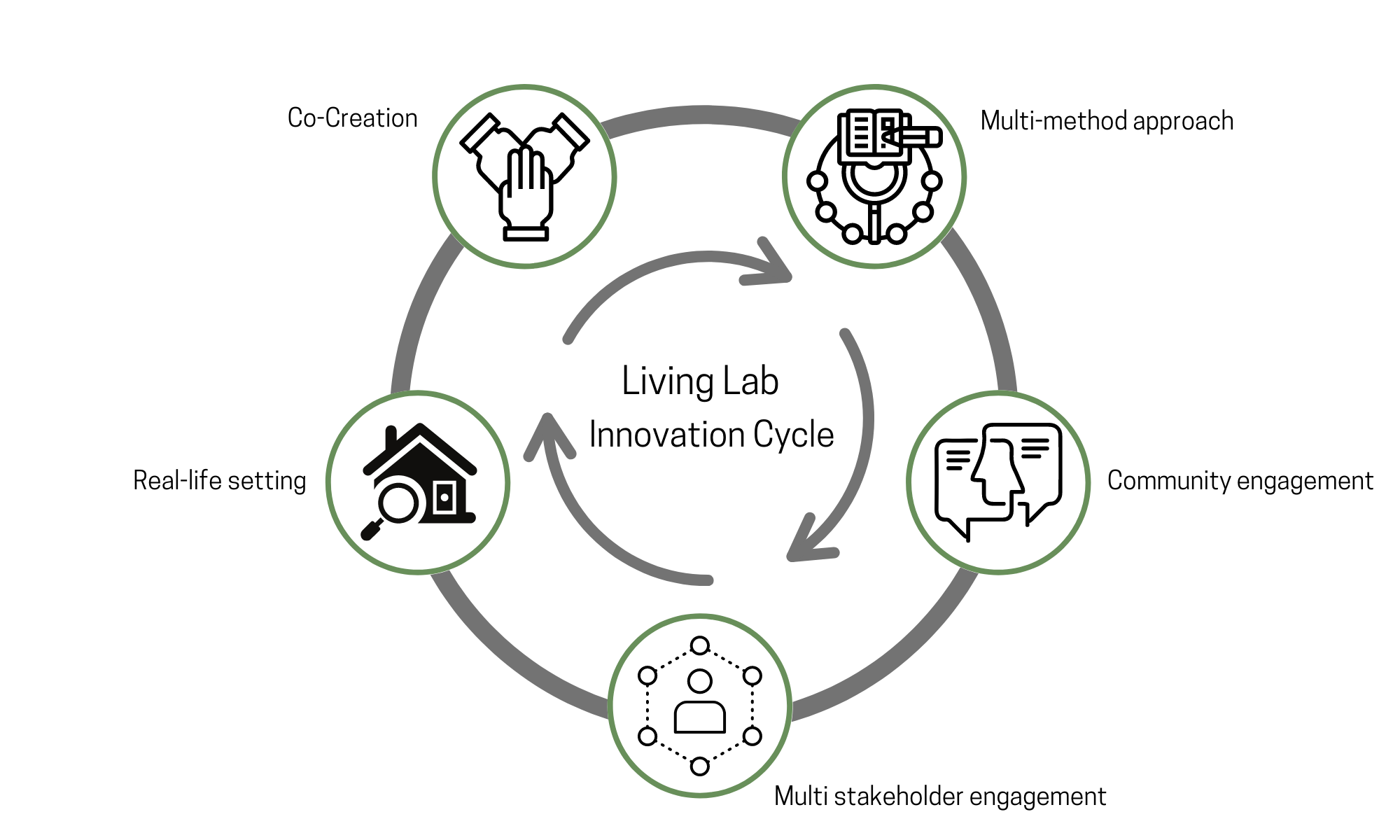What can we learn from nearly a hundred inspiring stories – saving rain forests in the Amazon, transforming education in Latin America,  reforming public health in middle Africa, and reducing poverty in Bangladesh – about how to create transformative change?
reforming public health in middle Africa, and reducing poverty in Bangladesh – about how to create transformative change?
This is the question that Roger Martin, one of Canada’s best known business school leaders and management consultants, and Sally Osberg, President and CEO of the Skoll Foundation, which champions social change efforts around the globe, answer in their book, Getting Beyond Better: How Social Entrepreneurship Works. They also uncover a lot about the frequently referred to, but poorly understood, craft of social entrepreneurship. Here are three of their biggest insights.
First, the authors argue that transformative change requires would-be change makers to disrupt the “stable but inherently unjust equilibrium that causes the exclusion, marginalization, or suffering of a segment of humanity.” Disruption, they go further to define as, “a necessary condition in creating a new equilibrium in the world that alleviates suffering, unleashes new potential and addresses fundamental challenges.” This statement challenges all those who secretly hope we can get transformative change through incremental, non-messy, improvements to the status quo.
Second, Martin and Osberg place social entrepreneurship within the wider field of actors working for a better world. Specifically, they identify three distinct, complementary and important types of change makers:
- Social Service Providers - who take a direct action to address tough issues through programs and services, but often leave the systems in which these issues are embedded in place while addressing its negative effects: e.g., Mother Theresa’s work with those living in extreme poverty in urban Calcutta, which brought immediate relief to thousands and inspiration to millions;
- Social Advocates - who push for legislative policy and regulatory change that transforms the systems that underlie complex marginalization, yet do so by encouraging others to act: e.g., Martin Luther King’s leadership in the civil right movements, including changing laws that excluded African Americans from full political and economic participation; and,
- Social Entrepreneurs - who seek direct action on challenges and concurrently seek to transform the systems in which they are embedded: e.g., Mohammed Yunus, and his work on creating the peer lending model, which has opened up micro-credit to millions of the “poorest of the poor” in the world and created a whole new paradigm of banking.
The authors’ third big finding is that social entrepreneurs typically unfold their work through four key phases. These include:
- Understanding the World – a process of gathering deeper insight into the systemic drivers that underlie complex issues, one that involves a combination of experimentation, observation and seeing the world through the eyes of others;
- Envisioning a New Future – establishing an ambitious vision or picture of the future, either for a specific group of people or challenge, or the world at large;
- Building a Model for Change – developing, testing and refining a new ‘system model’ – even if it’s for a small part of the larger system; and,
- Scaling the Solution – finding ways to scale the model beyond the simple (but expensive) re-application of the same level of investment that went into the original innovation.
Martin and Osberg identify a variety of behaviours and patterns of successful social entrepreneurship in their description of each of these phases. They found that social entrepreneurs wrestle with a series of paradoxes, such as the tension between experimentation and commitment, where social entrepreneurs are deeply committed to making an idea work, but very open to questioning their assumptions about what they think will work and adjusting their innovations when they get new information. Similarly, they have uncovered different ‘mechanisms for change’ – e.g., new measurements, standards, methods – underlying new models for change. These insights not only shed light on the craft of social entrepreneurship, they are practical.
There are plenty of excellent books, papers and tools on social entrepreneurship: a search on google produces 4 ½ million results in less than a second. Yet Getting Beyond Better stands out among the bunch. Why? Because its authors have skillfully distilled key ideas, phases and practices of social entrepreneurship without going so far as to pretend that these can be summed up neatly in a collection of recipe-like practices. It is very difficult to find this balance, but Martin and Osberg have succeeded in spades.
Getting Beyond Better is not the definitive work on social entrepreneurship - the field is too complex to capture it all even in as impressive a book as this - but it is one of the best of a very large bunch. If you count yourself amongst the growing legions of people working to build a world that is beyond better, and treat your work as a craft that requires us to stay abreast of leading edge thinking, then this book is an essential part of your journey.
Learn More:
- Join Roger Martin at Tamarack’s Community Change Institute, Toronto, Ontario, September 26-30th, 2016
- Buy a copy of Getting Beyond Better
- Register for our upcoming Community Change Institute webinars
- Learn more about Roger Martin and his work via his website
- Watch this 1 minute YouTube clip or visit their website to learn more about the Skoll Foundation
Share this article:





